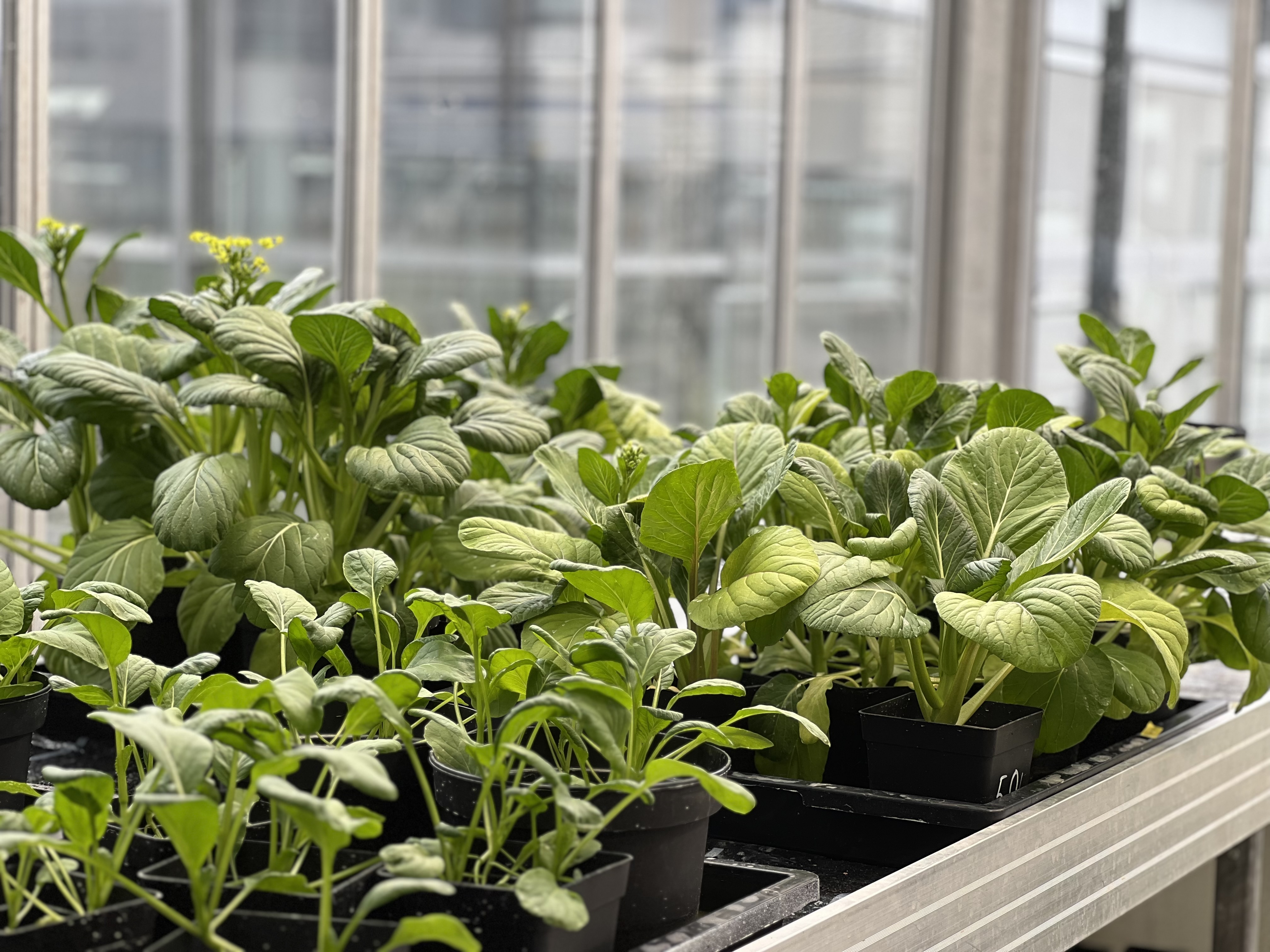Motivation
Insect pests
Insect pests are responsible for up to 30% of global crop losses, with an estimated economic loss of more than EUR 500 billion per year (United Nations estimate). The use of non-specific broad-spectrum insecticides has been increasing for decades, leading to incalculable consequences for our global ecosystem.
Vector insects
Vectors such as mosquitoes, ticks and fleas transmit pathogens to humans and livestock, which are increasingly being spread as a result of climate change and globalisation. In Europe, once eradicated diseases such as malaria and dengue fever are once again gaining importance. Around 17% of human infectious diseases are vector-borne, causing 700,000 deaths a year.
 Fraunhofer Institute for Molecular Biology and Applied Ecology IME
Fraunhofer Institute for Molecular Biology and Applied Ecology IME




